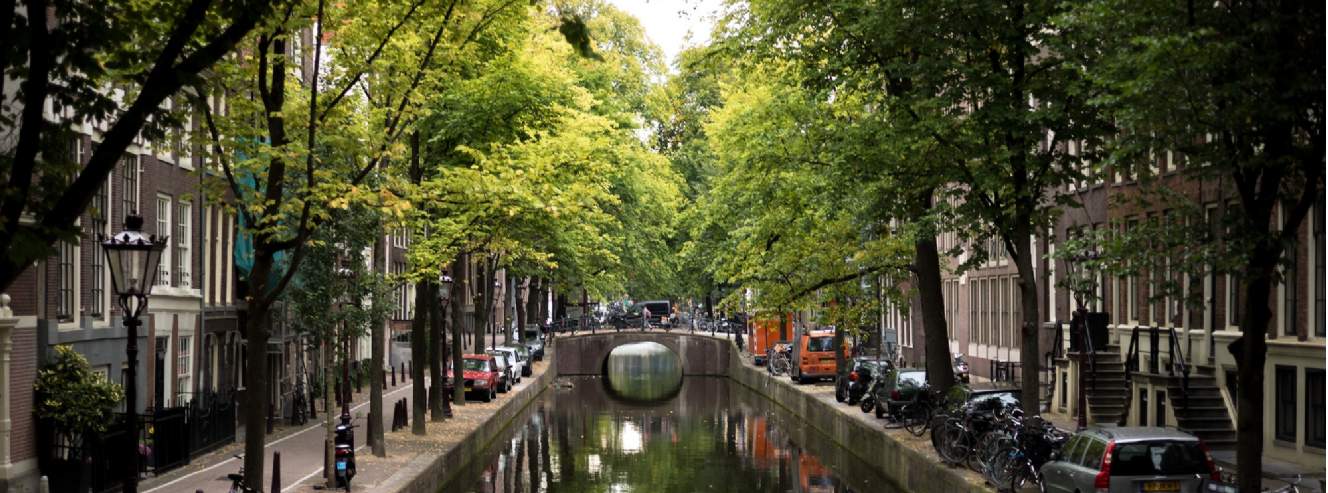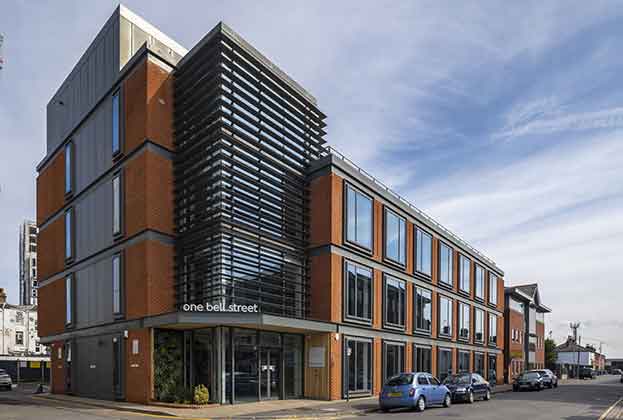Amsterdam made great strides up through Savills European Fintech Occupier Index this year, landing fourth place, up from 10 only a year earlier. The reason, as our report explains, is because the city is becoming a key location for global green finance.
Amsterdam has a dynamic ecosystem of green fintech companies headquartered there, as well as various incubators and accelerators that support entrepreneurs to test ideas and raise capital. It’s also a market with global visibility and cross border potential, with firms grown in the Netherlands’ capital city now being taken over by international outfits.
From a real estate perspective, the cities that already have a well-established financial services market will be the places that are best-placed to support green fintech growth. London is also gaining a reputation as a hotspot with a rapidly increasing number of firms mixing finance with sustainability.
In a recent index by Z/Yen, a City of London think tank, which ranked 78 financial centres across the world for the public, private and non-profit investment sustainable development projects, London came behind leading locations Amsterdam and Zurich, and ahead of Paris and Brussels.
London’s talent base means firms are willing to pay office rents that are high relative to other top European fintech cities. Indeed, it’s no coincidence that the city has attracted €18 billion of fintech venture capital funding in the past five years – ahead of Berlin (€4.8 billion), Stockholm (€4.3 billion) and Paris (€2.5 billion). Rental costs are €1,449 per sq m in London, compared with €920 per sq m in Paris, €469.8 in Berlin and €450 per sq m in Amsterdam. Fintech occupiers with their heart set on the UK capital will cast a wide net over the city to find the best and most suitable offices to grow their businesses.
It’s too early to predict the extent to which green fintech firms will alter the shape of the occupier markets. As green fintech is still developing as a product (albeit quickly), it’s best to consider it as a source of growth for the existing financial services market rather than an occupational group with distinct leasing requirements. This is because most fintech companies and major banks are providing green financing alongside other activities and any finance which is destined for good outcomes for the planet falls into that category. Funders can be small, boutique operators spearheaded by former bankers, or major institutions such as Macquarie, which has its Green Investment Group – a global division.
What we do know is that green loans are increasingly supporting the property industry with credit. Green loans can be quite broad but are better termed as sustainability linked given they can be benchmarked against Social and Governance checklists rather than solely on the Environment. Initiatives may include renewable energy, pollution prevention, biodiversity conservation and circular economy projects.
Savills data shows that 19 per cent of loans were green between January to November 2021. This will only increase. In December, Dutch property landlord NSI secured a €300 million green loan, saying would be 'fully integrated' in the future. This kind of ambition – once a rarity – is now evermore commonplace. In years to come we will look back on this time as the start of an influential movement – for occupiers and landlords alike.
Further information
Contact Paul Bennett or IJsbrand Brunger
Spotlight: European Fintech Occupier Outlook 2022





.jpg)

.jpg)
.jpg)

(1).jpg)